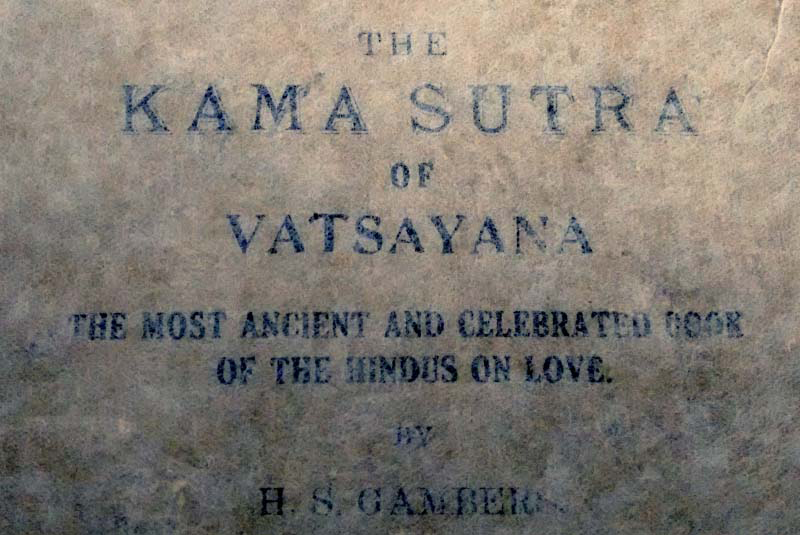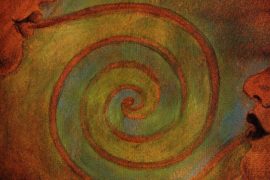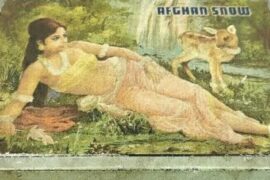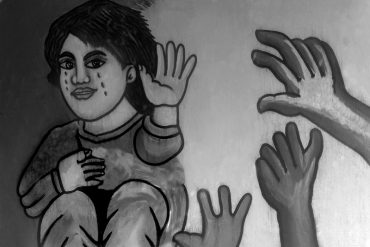It is an irony that the ancient Indian treatise on love, life, household affairs, and sex – the Kama Sutra – was written by a celibate student of religion, named Vātsyāyana.
The exact date of its writing is unknown; historians believe it to be in the range of 400 B.C. to 300 A.D. But it is known that he wrote from the ancient city of Benares (Varanasi), where the Buddha delivered his first sermon. In these surroundings, Vatsyayana was a religious student or Brahmachari – one who renounces sexual activity in the pursuit of academics.
In the popular notion, divorcing the Kama Sutra from sex seems unthinkable. But the Kama Sutra is much more than a manual of sexual positions (which occupy only one-fifth of the book’s contents). Kama, is one of the four goals of Hindu life, encompassing all pleasure and desire. Kama Sutra is a guide to Kama – which includes the duties of man, woman, householder as well as the appreciation of art, music and plays.
It is a fascinating document to peruse in any age. Surprisingly, the Kama Sutra was not the first work on sex from the Indian subcontinent – it is but part of a tradition of writing about Kama called Kamashastra. It begins with a tale of a bull, Nanda, overhearing the Hindu deity, Shiva, having sex with his consort Parvati – and writing down all of the details.
-30-
Copyright©Madras Courier, All Rights Reserved. You may share using our article tools. Please don't cut articles from madrascourier.com and redistribute by email, post to the web, mobile phone or social media.Please send in your feed back and comments to [email protected]











